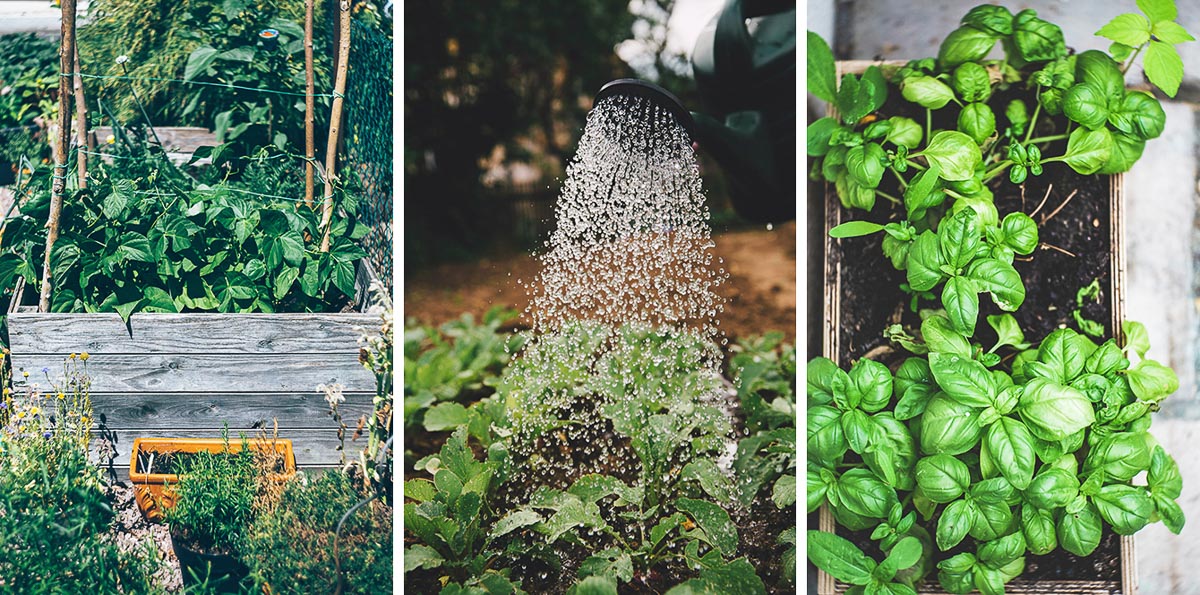City Blooming Things To Know Before You Get This
City Blooming Things To Know Before You Get This
Blog Article
Everything about City Blooming
Table of ContentsMore About City BloomingThe Greatest Guide To City BloomingTop Guidelines Of City BloomingSome Known Questions About City Blooming.8 Simple Techniques For City Blooming
Interested in expanding food to buy in the City of Chicago? Assuming regarding beginning a neighborhood garden? Adjustments to the Chicago Zoning Ordinance enable farming uses like neighborhood gardens and metropolitan farms in many parts of the city. Below is a checklist of frequently asked inquiries regarding the rules and policies that cultivators need to think about when preparing an urban farming project.
The zoning modification does not customize any other codes taking care of composting, building authorizations, buying or leasing City possessed residential property, service licenses or ecological contamination. There are existing codes that manage these issues and they continue to be in full effect and may be relevant to your job. Area yards are usually had or handled by public entities, public companies or community-based companies and maintained by volunteers.
Urban ranches expand food that is meant to be offered, either on a not-for-profit or for-profit basis. Due to their business function, urban ranches need a service certificate.
The Ultimate Guide To City Blooming
Composting is permitted yet only for plant material that is created and utilized on site. The amount of garden compost material can not go beyond 25 cubic backyards at any offered time according to the standards in 7-28-715 of the City's Municipal Code. Yes. Since the soil at many new yard websites requires amending, garden compost, dirt, timber chips, or other products can be acquired to construct or boost the growing area - container and raised bed gardening etc..

If a building authorization is needed then the hoophouse will be taken into consideration an accessory structure. You can discover even more regarding the structure license demands by contacting the Division of Structures. The 25,000-square-foot size limit is planned to avoid a single community garden from dominating a provided block or interfering with the block's existing domestic or business character.
The restriction does not relate to yards found in Public Open Area (POS) districts. Can there be more than one community garden that is 25,000 square feet on a solitary block? Yes. The dimension restriction relates to specific gardens, not to individual blocks. No. Fence is not required, however, gardens that have large auto parking locations might be needed to install fence or other landscaping features.
City Blooming - The Facts
B1 & B2 districts require that all commercial usage tasks be carried out inside. R areas restrict commercial task. The guidelines mirror the objective and intent of the Zoning Code. Is fencing required for urban farms? Yes. Fencings may be needed, in addition to landscape design and testing, for particular parking locations and exterior job or storage space locations depending upon place and the particular activity occurring.
Urban farms require structure permits and zoning approvals prior to building and construction (landscaping). Various other forms of city review might be required depending on specific structures, tasks, dimension, landscaping, licensing, public health and stormwater administration problems.
The Division of Organization Matters and Customer Security can assist establish the details kind of business license that's called for. Off road car parking is required for a lot of commercial tasks in Chicago. The required number of car park areas is based on the number of workers functioning on website and not the square video of the growing area.
Everything about City Blooming

Yes. An urban farm can market compost product generated on site, nonetheless, the procedure must conform with the regulations in 7-28-715 of the Chicago Municipal Code. Yes. Aquaponic systems are permitted inside your home on metropolitan ranches in several zoning districts. A zoning evaluation and building permit is called for in order to mount frameworks or systems and an organization permit is required as defined over.
Up to 5 hives or swarms of honey might be kept as an accessory usage. Beekeepers must register with the Illinois Division of Farming. To learn more regarding the proposed zoning change you might get in touch with the Department of Housing and Economic reference Development, Bureau of Preparation and Zoning at 312.744.8563.
, which takes location in rural locations at the side of suburban areas.
The smart Trick of City Blooming That Nobody is Talking About
It can entail a movement of natural cultivators, "foodies" and "locavores", that seek to form social media networks established on a shared ethos of nature and neighborhood holism. These networks can establish by method of formal institutional support, becoming integrated right into local community preparation as a "shift town" motion for lasting metropolitan growth.
The extra direct access to fresh vegetable, fruit, and meat items that may be understood via city agriculture can enhance food safety and food safety while lowering food miles, leading to lower greenhouse gas exhausts, therefore adding to climate change reduction. Some of the first evidence of urban agriculture comes from Mesopotamia.
Report this page